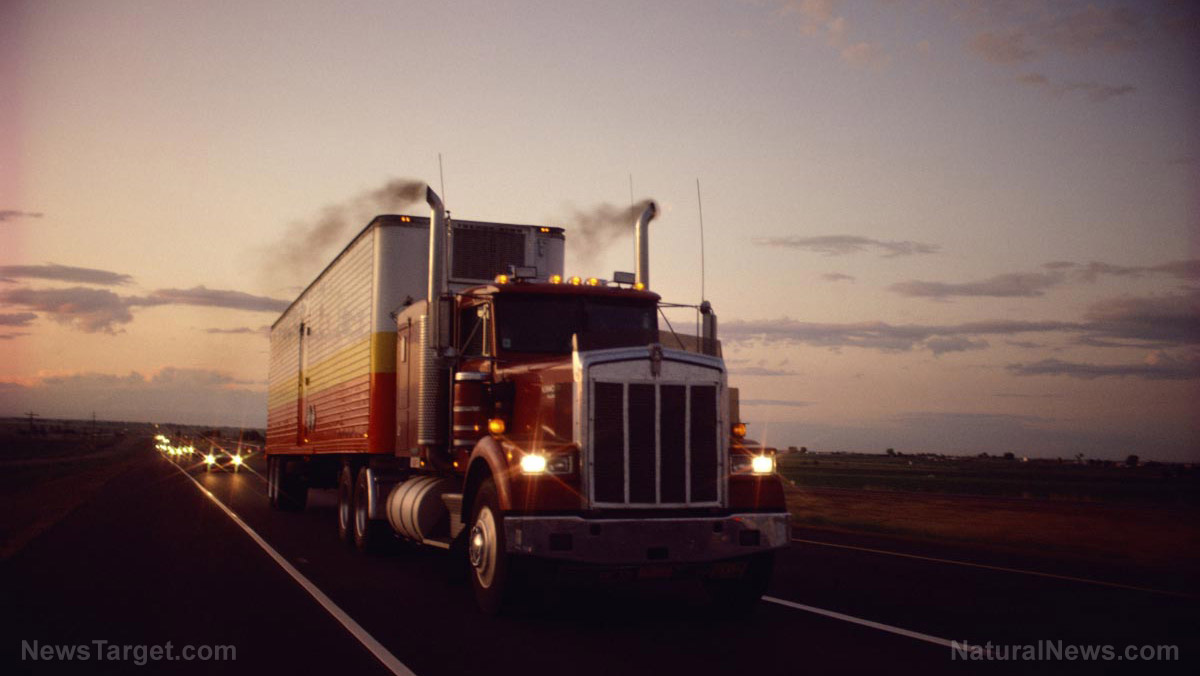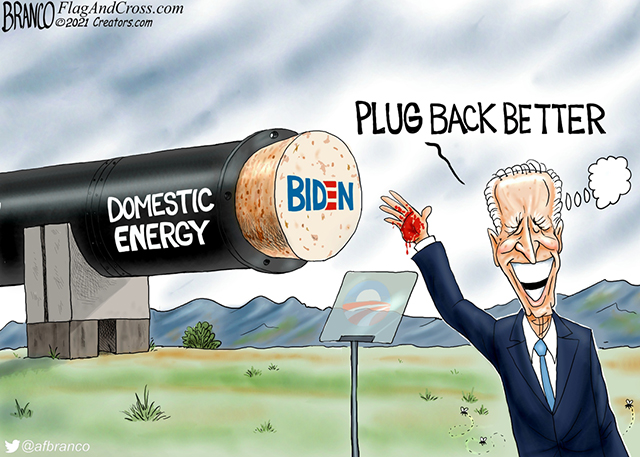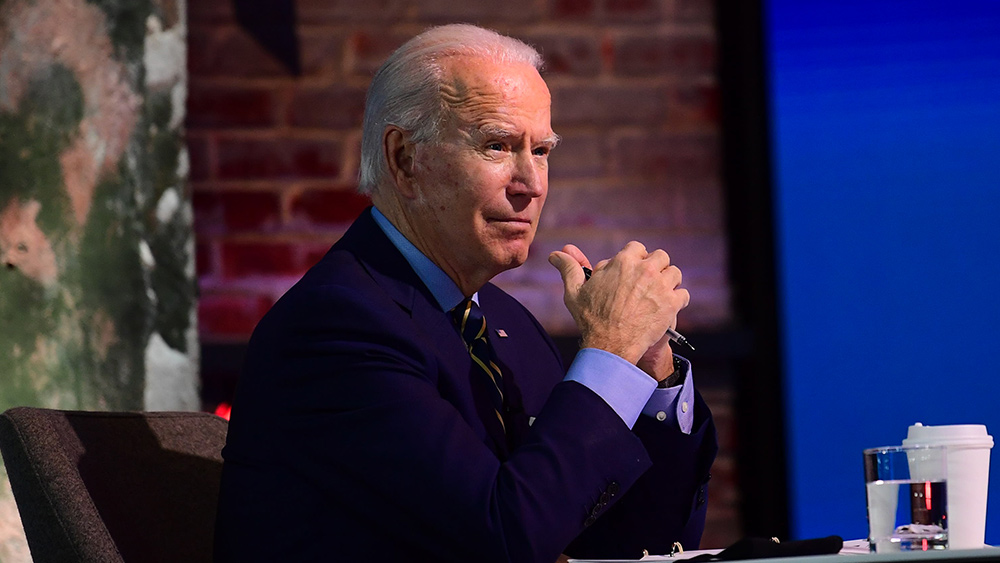
Perfect storm of problems affect crop production
From extreme weather and plant shutdowns to government sanctions, a perfect storm of events hit the chemical fertilizer market, impacting farmers who are already buckling under the strain of the rising costs to produce food. The back-to-back late summer storms on the U.S. Gulf Coast also prevented products from moving in and out while temporarily shutting down plants in the region, including the largest nitrogen complex in the world owned by CF Industries Holdings Inc. The company was also forced to shut down two U.K. plants due to Europe's problems with natural gas, which is necessary for producing nitrogen fertilizer. Yara International ASA, a firm specializing in agricultural products, said that the high natural gas prices will force it to curtail around 40 percent of its European production capacity for ammonia, which is used to make the fertilizer. (Related: Food prices increase as fertilizer costs surge.) Logistics companies that transport fertilizer is also facing labor shortages and price increase, adding more to the costs. Bill Stringfellow, owner of a small operation called Quest Products, also said that freight is about 15 percent of the cost of buying products for their businesses. Government action is also a factor. Earlier this year, the U.S. and Europe put sanctions on a major potash producer and one of the largest state-owned enterprises in Belarus, in response to a journalist arrest on a Ryanair flight in May. Yunnan province in China also ordered production cuts across several industries, including fertilizers, to curb energy consumption and emissions. Follow FoodCollapse.com for more news related to food price surge. Sources include: Bloomberg.com FarmProgress.comRecruiting senior drivers could alleviate truck driver shortage, port backlogs
By Cassie B. // Share
New York Times refused to publish truthful article about the Kenosha riots until after the election
By News Editors // Share
California temporarily increases weight limit for trucks in bid to resolve port congestion crisis
By Arsenio Toledo // Share
Forever chemicals found to be significantly more toxic than previously thought
By Mary Villareal // Share
Plandemonomics? Biden advisor says injecting children for covid will somehow end inflation
By Ethan Huff // Share
The skinny jab becomes a swallowable pill: A new era and old concerns
By willowt // Share
Grid Down, Power Up: The silent threat to national survival
By ramontomeydw // Share
Janet Airlines' MYSTERIOUS flights to Area 51 fuel speculation
By kevinhughes // Share
Chinese national charged with smuggling deadly bacteria into the U.S.
By zoeysky // Share
Two-thirds of Americans support social media ban for teens under 16, poll shows
By bellecarter // Share











